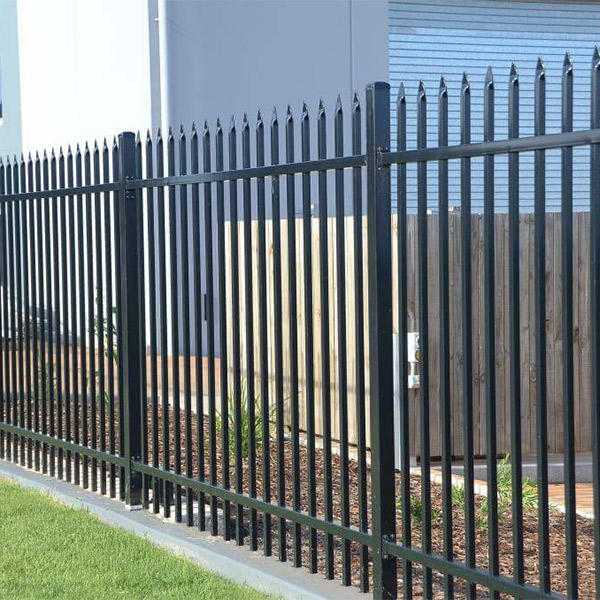Aug . 13, 2024 11:32 Back to list
High-Quality Hexagonal Wire Mesh Production from Leading Woven Wire Manufacturers for Various Applications
The Versatility of Woven Hexagonal Wire Mesh A Look into Factory Production
In the realm of industrial materials, woven hexagonal wire mesh has gained significant attention for its wide-ranging applications. This unique mesh, characterized by its six-sided openings, is not only aesthetically pleasing but also remarkably functional. A myriad of industries, from construction to agriculture, benefit from the durability and versatility offered by this type of wire mesh. This article explores the production process of woven hexagonal wire mesh in factories and its various applications.
Understanding Woven Hexagonal Wire Mesh
Woven hexagonal wire mesh is manufactured from high-quality wire, typically made of galvanized steel, stainless steel, or other materials, depending on its intended application. The distinctive hexagonal pattern is achieved through a weaving technique that ensures strength and flexibility. The mesh exhibits exceptional tensile strength while remaining lightweight, making it an ideal choice for a variety of uses.
The Production Process
The manufacturing process of woven hexagonal wire mesh involves several steps to ensure the final product meets industry standards.
1. Material Selection The first step in production is selecting the appropriate wire material. Depending on the environmental conditions and intended use, manufacturers may choose galvanized wire for enhanced corrosion resistance or stainless steel for environments with high humidity or exposure to chemicals.
2. Wire Drawing Once the material is chosen, the wire is drawn into the desired gauge. This step is crucial as the thickness of the wire affects the strength and flexibility of the mesh.
3. Weaving The weaving process is where the hexagonal shape is formed. This can be done through automated machines that create the mesh rapidly and efficiently. The machines intertwine the wire at specific intervals to create uniform hexagonal openings. The precision in this step is vital for ensuring that the mesh has a consistent quality throughout.
woven hexagonal wire mesh factory

4. Finishing Treatments After weaving, the mesh undergoes several finishing treatments. This may include coating the mesh with additional protective layers, such as PVC, to enhance its corrosion resistance or applying anti-rust treatments. These finishes help extend the lifespan of the mesh, making it suitable for outdoor applications.
5. Quality Control Finally, rigorous quality control measures are implemented. Samples of the mesh are tested for tensile strength, flexibility, and corrosion resistance to ensure they meet the manufacturer’s specifications and industry standards.
Applications Across Industries
The applications of woven hexagonal wire mesh are vast and varied. In the construction industry, it is commonly used as reinforcement in concrete, providing additional strength to structures. Its ability to withstand heavy loads makes it invaluable in roadworks and retaining walls.
In the agricultural sector, the mesh is utilized for fencing purposes, protecting crops from pests and wildlife while allowing ventilation and sunlight to nourish the plants. Additionally, it is used in landscaping for erosion control, helping to stabilize soil and prevent runoff.
Moreover, woven hexagonal wire mesh is employed in various decorative applications, enhancing aesthetic appeal in gardens and commercial spaces alike. Its versatility and ease of installation make it a preferred choice for contractors and DIY enthusiasts.
Conclusion
The woven hexagonal wire mesh is a testament to the intricacies of industrial manufacturing. From the selection of raw materials to the meticulous weaving process, every step is crucial in delivering a product that meets the diverse needs of various industries. As demand for durable and adaptable materials continues to grow, woven hexagonal wire mesh stands out, promising reliability and functionality in innumerable applications. With its unique properties and robust production methods, this mesh will remain an essential component in industrial, agricultural, and decorative applications for years to come.
-
Welded Wire Mesh for Industry: Factory Direct & Custom Solutions
NewsAug.21,2025
-
Welded Wire Mesh for Industry | Factory Direct & Durable Solutions
NewsAug.19,2025
-
Chain Link Fence-Anping County Puersen Hardware Wire Mesh Co., Ltd.|Durable Security&Versatile Applications
NewsAug.18,2025
-
Glass Food Storage Jar with Screw Wooden Lid - Anping County Puersen|Heat-Resistant & BPA Free
NewsAug.18,2025
-
Glass Food Storage Jar with Screw Wooden Lid - Anping County Puersen Hardware Wire Mesh Products Co., Ltd
NewsAug.18,2025
-
Glass Food Storage Jar with Screw Wooden Lid - Anping County Puersen Hardware Wire Mesh Products Co., Ltd|Eco-friendly Durable Storage
NewsAug.18,2025

